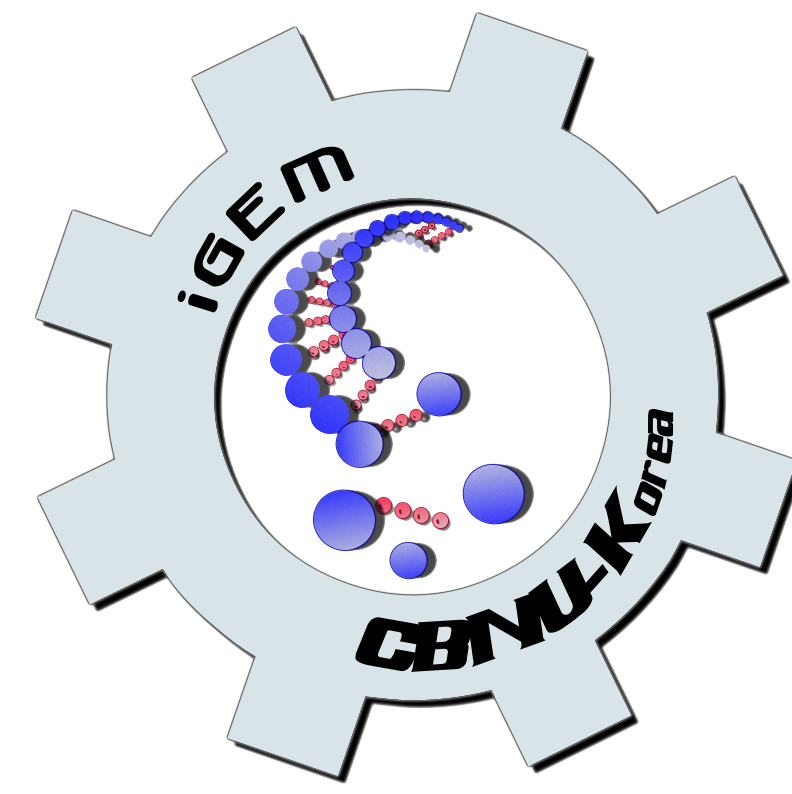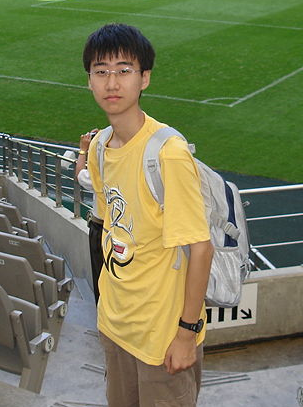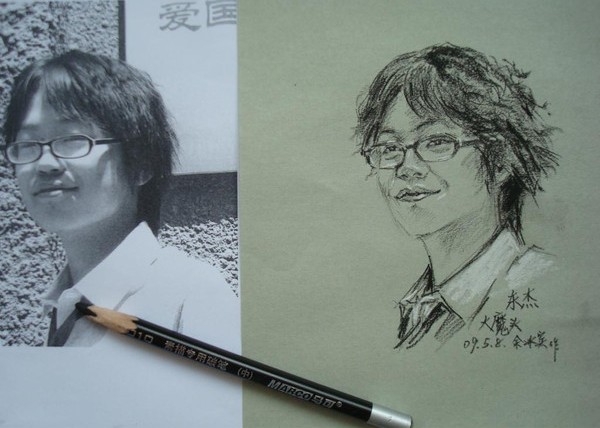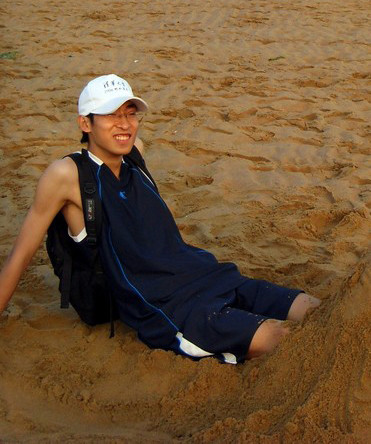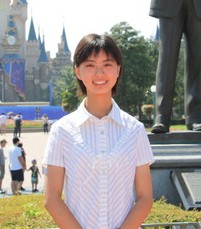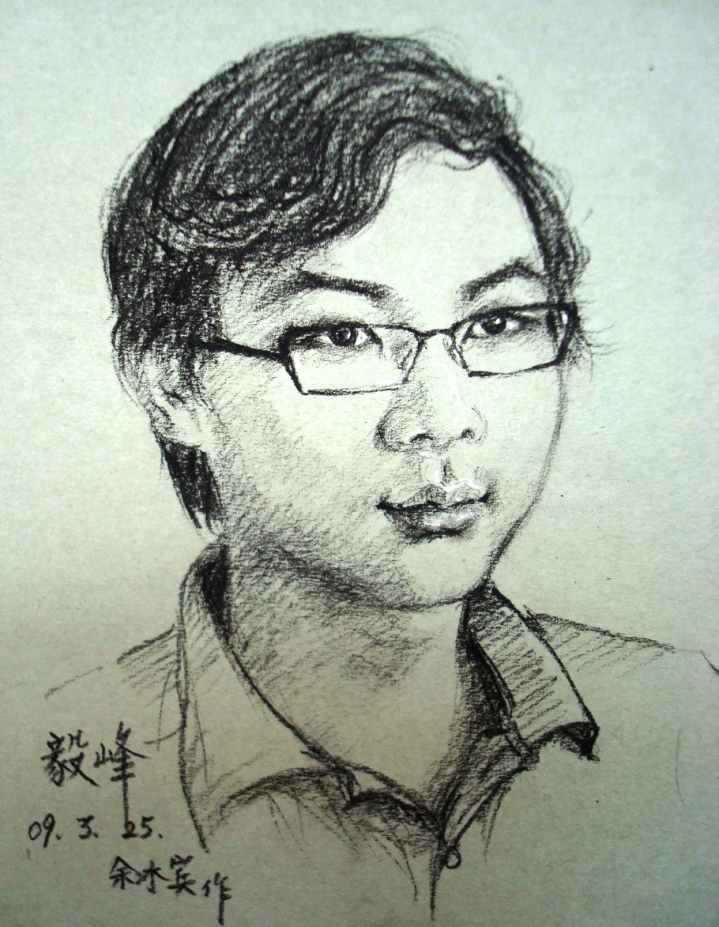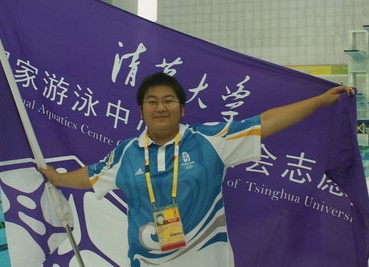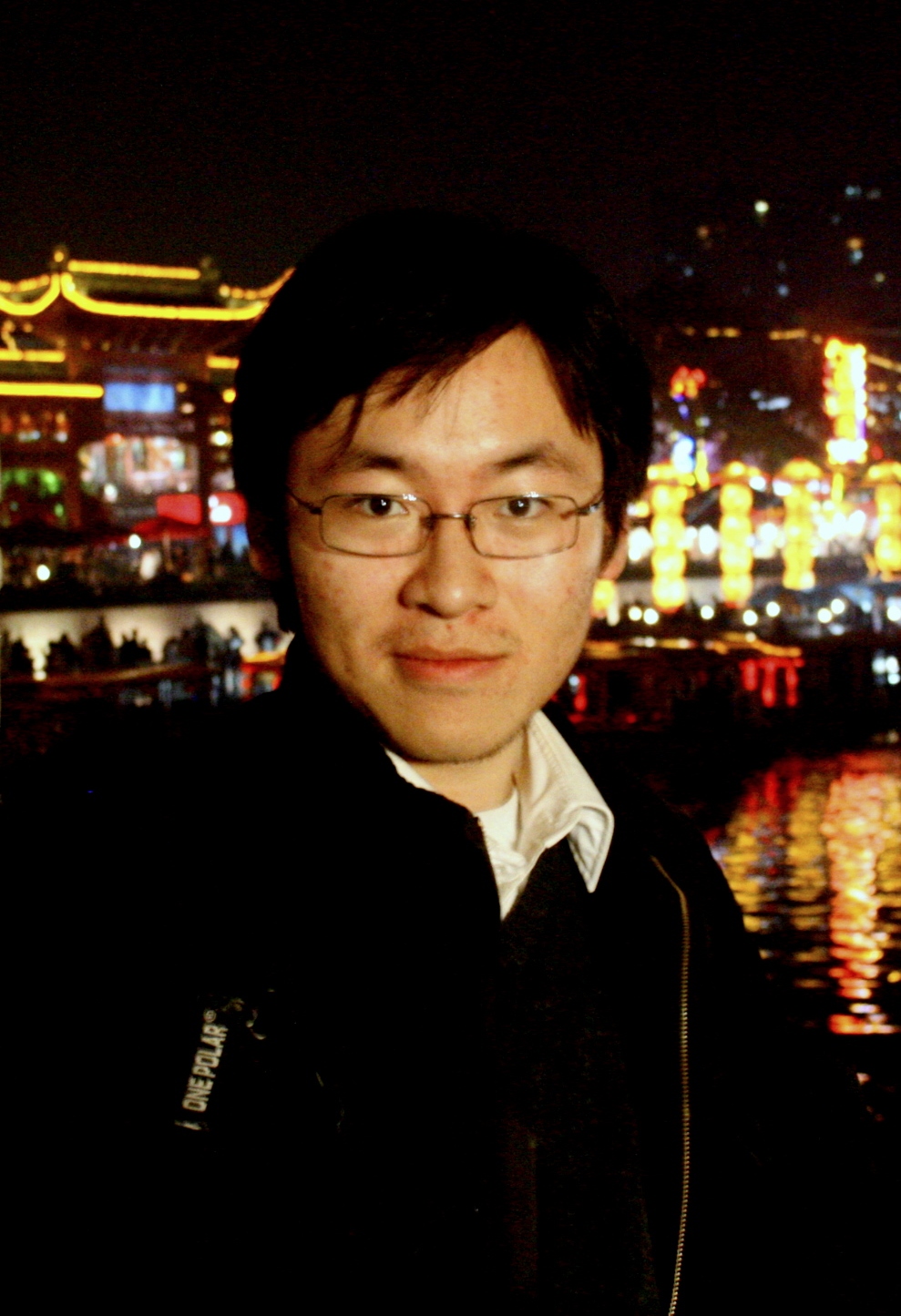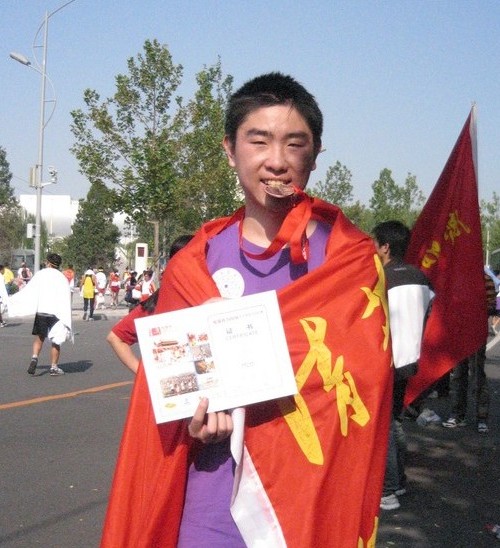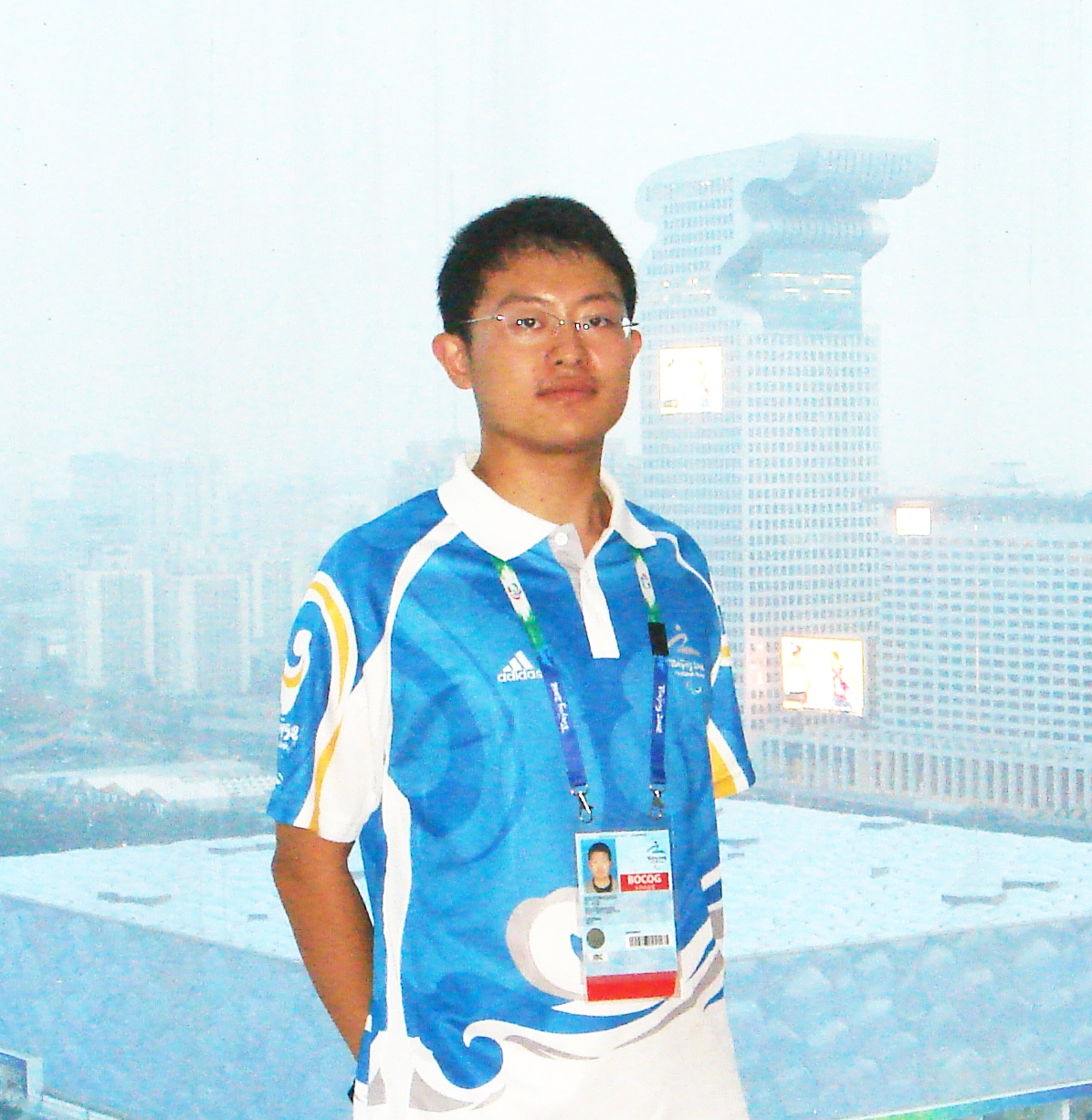Team:Tsinghua/Team
From 2009.igem.org
| The Tsinghua iGEM09 team is composed of 10 to 20 elite undergraduate students from several different departments, supported by a well-known society called Tsinghua Student Association of Synthetic Biology. | |
|
Tell us more about your project. Give us background. Use this is the abstract of your project. Be descriptive but concise (1-2 paragraphs) | |
| Team Example 2 |
| Home | The Team | Brainstorming | The Project | Parts Submitted to the Registry | Modeling | Notebook |
|---|
(Or you can choose different headings. But you must have a team page, a project page, and a notebook page.)
Contents |
Who we are
|
|
|
What we did
The Tsinghua iGEM09 team is composed of 10 to 20 elite undergraduate students from several different departments, supported by a well-known society called Tsinghua Student Association of Synthetic Biology.
About Tsinghua
[http://www.tsinghua.edu.cn/eng/index.jsp Tsinghua University] was established in 1911, originally under the name “Tsinghua Xuetang”. The school was renamed "Tsinghua School" in 1912. The university section was founded in 1925. The name “National Tsinghua University” was adopted in 1928.
The faculty greatly valued the interaction between Chinese and Western cultures, the sciences and humanities, the ancient and modern. Tsinghua scholars Wang Guowei, Liang Qichao, Chen Yinque and Zhao Yuanren, renowned as the "Four Tutors" in the Institute of Chinese Classics, advocated this belief and had a profound impact on Tsinghua's later development.
Tsinghua University was forced to move to Kunming and join with Peking University and Nankai University to form the Southwest Associated University due to the Resistance War against the Japanese Invasion in 1937. In 1946 The University was moved back to its original location in Beijing after the war.
After the founding of the People's Republic of China, the University was molded into a polytechnic institute focusing on engineering in the nationwide restructuring of universities and colleges undertaken in 1952. In November 1952, Mr. Jiang Nanxiang became the President of the University. He made significant contributions in leading Tsinghua to become the national center for training engineers and scientists with both professional proficiency and personal integrity.
Since China opened up to the world in 1978, Tsinghua University has developed at a breathtaking pace into a comprehensive research university. At present, the university has 14 schools and 56 departments with faculties in science, engineering, humanities, law, medicine, history, philosophy, economics, management, education and art. The University has now over 25,900 students, including 13,100 undergraduates and 12,800 graduate students. As one of China’s most renowned universities, Tsinghua has become an important institution for fostering talent and scientific research.
The educational philosophy of Tsinghua is to "train students with integrity." Among over 120,000 students who have graduated from Tsinghua since its founding are many outstanding scholars, eminent entrepreneurs and great statesmen remembered and respected by their fellow Chinese citizens.
With the motto of “Self-Discipline and Social Commitment” and the spirit of “Actions Speak Louder than Words”, Tsinghua University is dedicated to the well-being of Chinese society and to world development.
External Links
Tsinghua University http://www.tsinghua.edu.cn/eng/index.jsp
Department of Biological Science and Biotechnology http://www.biosci.tsinghua.edu.cn:8001/English/index.phtml
 "
"
